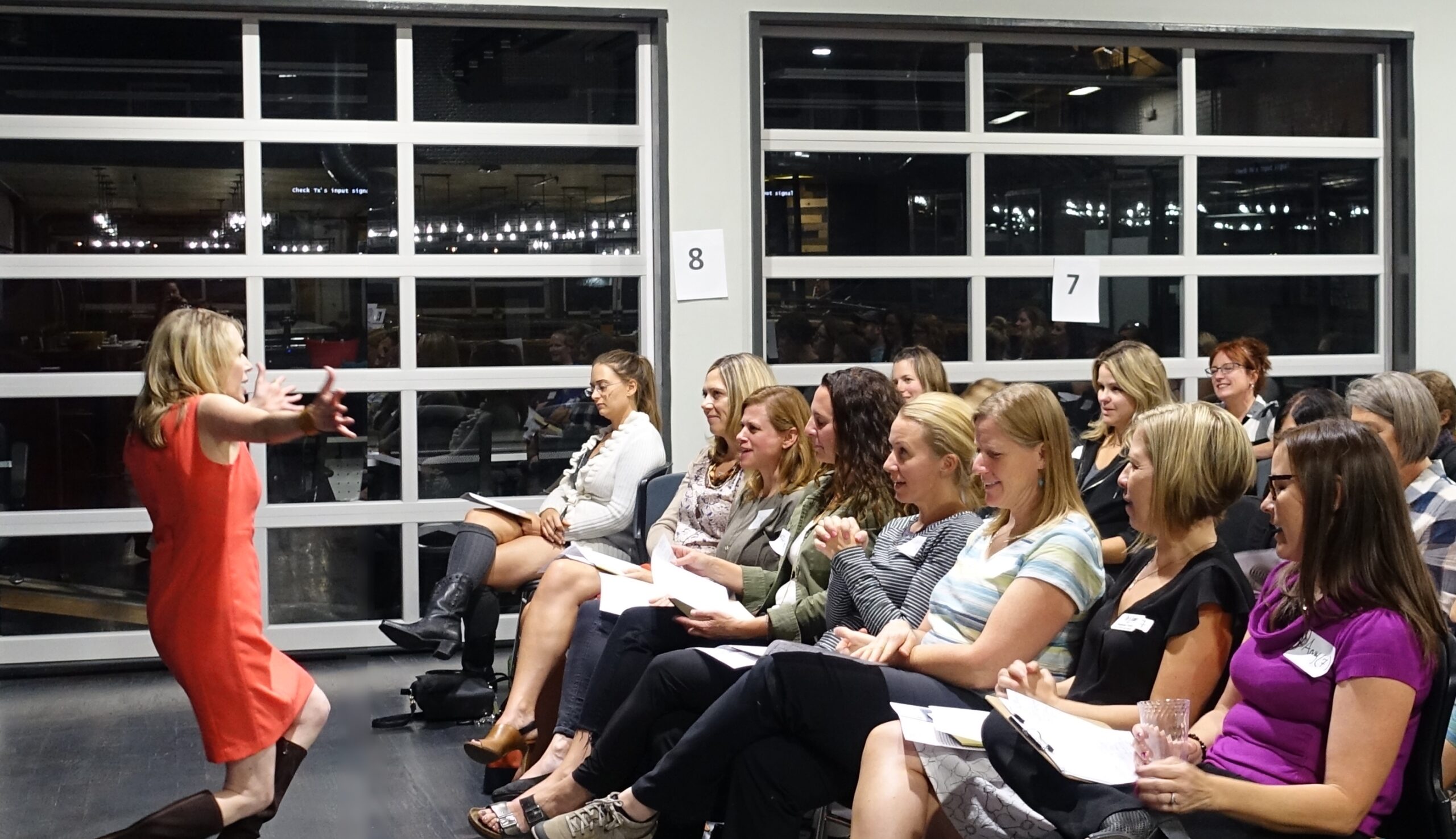Say what?! Conscious communication
How do you define communication? “The single biggest problem in communication is the illusion that it has taken place.” George Bernard Shaw How do you define good communication? Like Brené Brown, who says “Clear is kind. Unclear is unkind.”? Or like author and TED speaker Nancy Duarte: “Words that are carefully framed and spoken are … Read more


